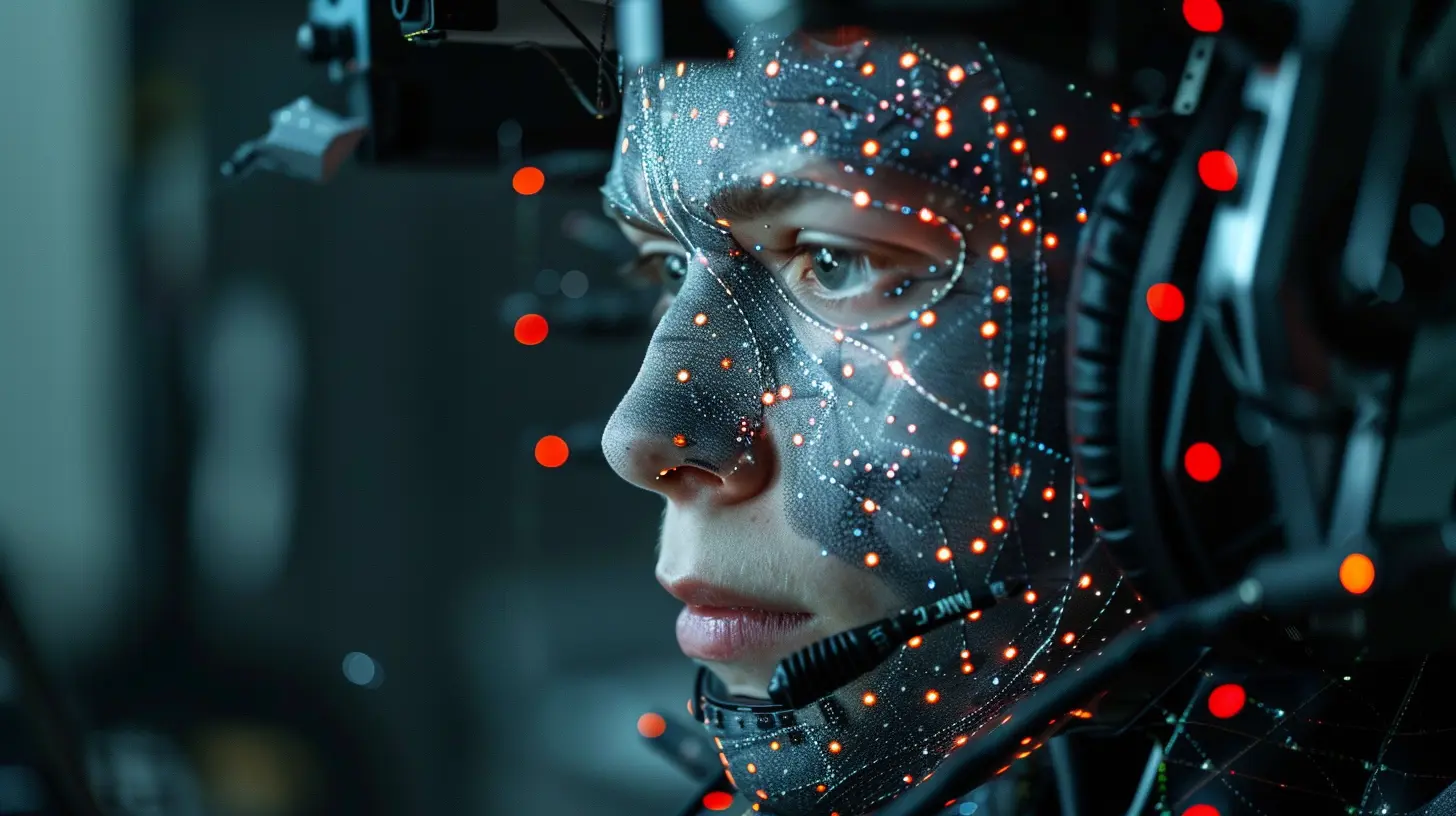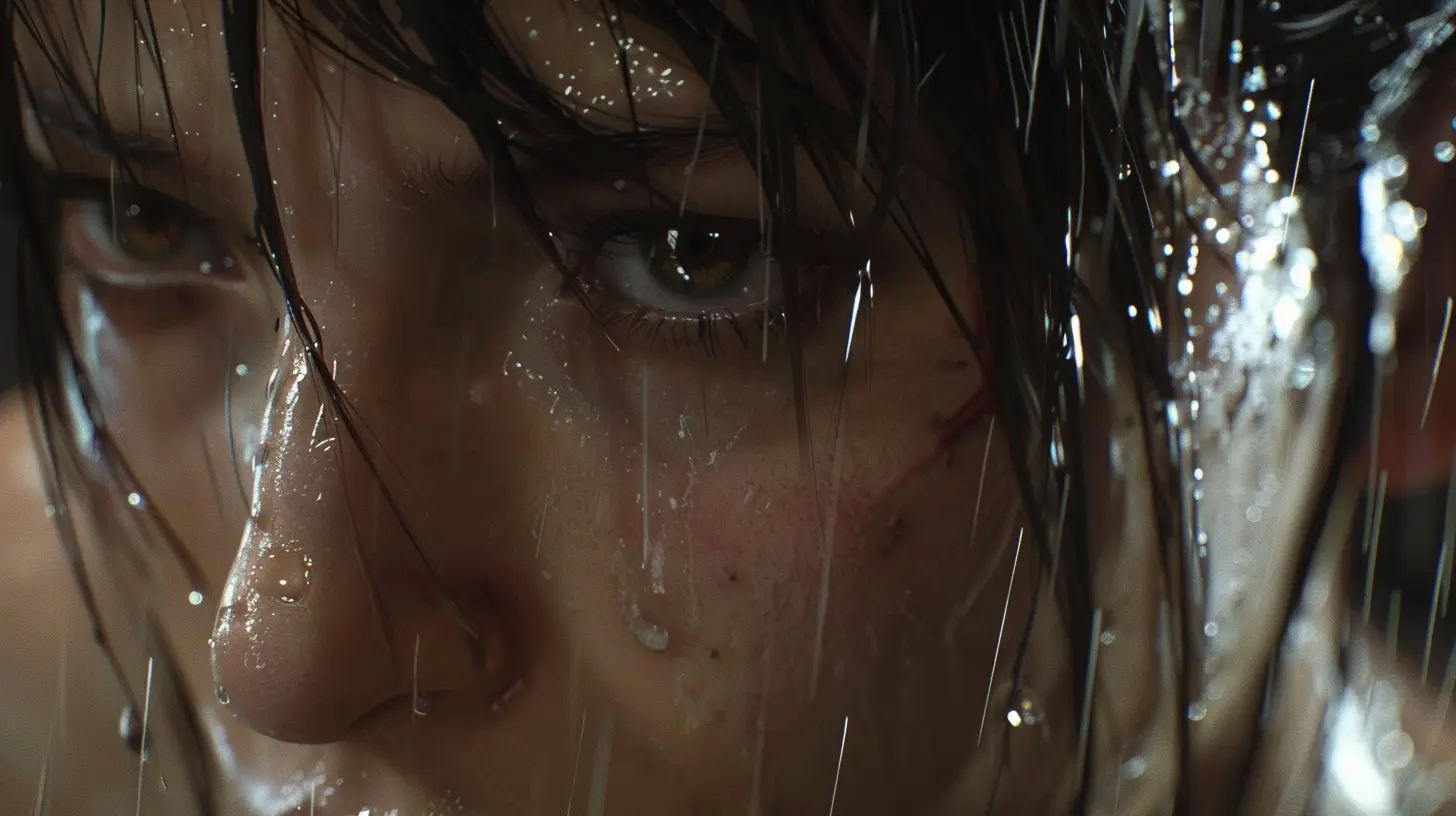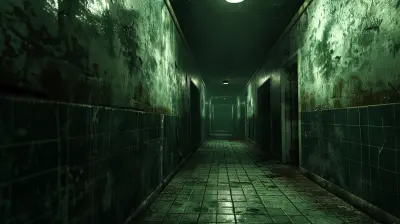Voice Acting and Facial Capture: How Games Achieve Perfect Sync
16 November 2025
Gaming isn’t just about pressing buttons anymore. It’s not all "pew pew" and jumping over mushrooms—we’re talking cinematic storytelling, intense drama, and characters so real you might swear they just texted you IRL. But let’s get real: none of that would be possible without some serious wizardry behind the scenes. I’m talking about voice acting and facial capture. These two magic bullets are the unsung heroes behind the seamless sync that makes characters feel alive. So buckle up, buttercup, because we’re about to dive headfirst into how games achieve perfect harmony between what our ears hear and our eyes see.
What’s the Big Deal About Sync Anyway?
Okay, I know what you're thinking: “Why should I care if a character's lips match their voice?” Well, let’s put it like this—imagine watching a movie where the dialogue is out of sync. Painful, right? It's like listening to someone speak on a crappy Zoom call, where the words arrive three seconds after their mouth moves. Talk about immersion killer.In video games, sync is 10 times more important because players aren’t just passive viewers. We’re actively engaged, scrutinizing every twitch of a character’s face. If their mouth looks like it’s hosting a karaoke session instead of speaking naturally, it yanks us out of the moment faster than a lag spike in an online match. The harmony between voice acting and facial movements is what makes characters feel believable—not some awkward animatronic.
Voice Acting: The Soul of the Character
Let’s start with voice acting because, honestly, without it, you’ve got a mute protagonist (and we all know how polarizing that can be). Voice acting gives characters their personality, their quirks, and their emotional depth. It’s the secret sauce that makes a grizzled warrior sound tough as nails or a quirky sidekick endlessly lovable.The Rise of Professional Voice Actors
Gone are the days when developers would just grab someone from the office and ask them to shout a few lines into a microphone. (Yes, that really used to happen.) Nowadays, the gaming industry is working with top-tier voice actors who bring serious talent to the table. Think Troy Baker, Laura Bailey, or Jennifer Hale—these are people who know how to breathe life into pixels.Voice actors aren’t just reading lines; they’re performing, reacting, and emoting to match the tone of the scene. Whether it’s a heartfelt confession or a blood-curdling battle cry, they’ve got to hit just the right note. And trust me, it’s harder than it sounds. A single line delivered the wrong way can completely kill the vibe of a scene.
Facial Capture: The Expression Game-Changer
Now, let’s talk about the face. Because, let’s be honest, you could have the best voice acting in the world, but if the character’s face is a blank, motionless slate, it’s like slapping lipstick on a brick. This is where facial capture comes in.What the Heck Is Facial Capture?
Facial capture (or facial motion capture for the tech geeks out there) is the process of recording an actor’s facial movements and translating them onto a digital character. It’s basically like putting a virtual mirror on an actor’s face and watching their digital clone mimic every eyebrow raise, smirk, or furious snarl.Sounds cool, right? But here’s the kicker: it’s hard. Capturing human expressions is like trying to bottle lightning because our faces are ridiculously complex. There are 43 muscles in your face, all working together to create even the tiniest movement. And guess what? Gamers can spot when something looks off. If that smile doesn’t crinkle the eyes just right or the lips move in a weird robotic way, we notice.
How Do Voice Acting and Facial Capture Work Together?
This is where the magic really happens. Voice acting and facial capture are like peanut butter and jelly: individually amazing, but together? Chef’s kiss.Recording the Voice
The process starts with recording the voice, often in a sound booth with the actor delivering their lines. But here’s the twist—many modern games record voice acting and motion capture (voices AND body movements) simultaneously. This approach, known as performance capture, creates a more cohesive performance because the actor isn’t just saying the lines—they’re acting them out.Capturing the Face
While the voice is being recorded, an actor typically wears a facial capture rig. Imagine a helmet with a camera pointing at their face. It’s not exactly a flattering look (think deep-sea diver meets high-tech nerd), but it does the job. The camera tracks their facial movements in real-time, while a bunch of sensors pick up the tiniest twitches and laughs.Syncing It All Together
Now comes the hard part: syncing the voice and the facial capture data. Developers use advanced software to map the actor’s facial movements onto the digital character. It’s a painstaking process because every millisecond matters. If the lips don’t line up with the words, you’ve got a problem.Tech That’s Making It All Possible
Alright, for all you tech junkies out there, let’s get into the nitty-gritty. Creating perfect sync takes more than just a talented actor and a fancy camera. Here are some of the technologies making this magic possible:1. AI and Machine Learning
Developers are starting to use AI to help automate the syncing process. AI can analyze voice data and predict what a character’s lips and face should look like while saying those words. It’s like having a hyper-intelligent assistant that never takes a lunch break.2. High-Fidelity Cameras
Facial capture rigs are getting more advanced every year, with cameras capable of capturing absurd levels of detail. We’re talking individual pores, sweat beads, and even subtle changes in skin tension. Yep, it’s as extra as it sounds.3. Game Engines Like Unreal and Unity
Modern game engines are insanely powerful. They can render facial animations in real-time, meaning characters’ faces can move naturally even during unscripted gameplay. It’s why your favorite RPGs feel so dynamic and immersive.Challenges Developers Face (Because Nothing’s Easy)
Of course, all this tech isn’t a magic button. There are still plenty of hurdles. The biggest one? Time and money. Facial capture and syncing are expensive and time-consuming processes, which is why not every game can afford top-tier animations.Another challenge is keeping things consistent across different languages. Did you know that lip-syncing has to be redone for localized versions of a game? Yep, if your RPG hero speaks in six different languages, their lips have to match every single one.
Why It Matters for the Future of Gaming
So why go through all this trouble? Why spend millions making sure every smirk and frown is perfect? Simple—because it’s the future. As gamers, we demand more realism and immersion every year. And as game worlds get bigger and stories get deeper, characters need to be emotionally convincing. Perfect sync bridges the gap between reality and fantasy, pulling us further into the game world.With technologies like AI and real-time rendering pushing the envelope, the day might come when digital characters are indistinguishable from real humans. Creepy? Maybe. Exciting? Absolutely.
Wrapping It Up
Voice acting and facial capture are the dynamic duo of modern gaming. Voice actors bring the soul, facial capture brings the life, and together they create characters who feel like real people. So next time you’re bawling over a heartbreaking scene or laughing at a character’s witty quip, take a moment to appreciate the insane amount of work that went into making it so seamless.Because trust me, it wasn’t magic—it was years of hard work, dedication, and some seriously geeky tech.
all images in this post were generated using AI tools
Category:
Realism In GamesAuthor:

Greyson McVeigh

